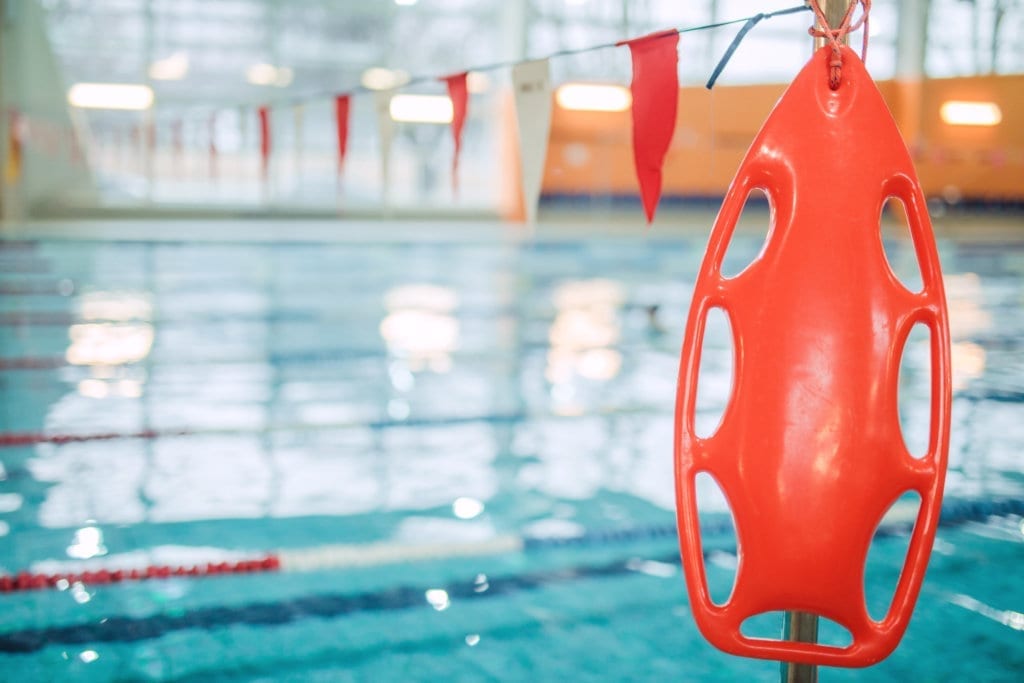A 24-year-old lifeguard developed a persistent cough, chest tightness, progressive shortness of breath, eye irritation and headaches that would worsen toward the end of his workday. In December 1998, the American Journal of Public Health published a study that found the lifeguard and 32 of his peers had developed granulomatous lung disease, known as “Lifeguard Lung,” from working in an indoor swimming pool.
The facility closed the pool and installed a new air ventilation system in hopes of fixing the air quality issue that was causing the lung disease. Yet, when the pool re-opened, the lifeguards’ symptoms returned. It turned out that the problem wasn’t coming only from the air quality, but also from toxins in the pool water itself.
The Problem: Over Chlorination and Disinfection By-Products
After conducting additional research, closing and re-opening the pool twice and surveying all pool employees, researchers concluded that exposure to over-chlorinated indoor pools for extended periods of time increases the likelihood of developing granulomatous pneumonitis, especially if the pool uses water-spray features. They also concluded that improving air ventilation systems in indoor pools does not fix the problem — the problem lies in the amount of chlorine and chlorine-related disinfection by-products. Disinfection by-products, or DBPs, form when outside pollutants such as sweat, urine, dirt, oils and lotions are brought into pool water and react to the chlorine in the water. These contaminants combine with chlorine already present in the pool to create combined chlorines, or chloramines, which are a common DBP found in pools and spas. Chloramines are not effective at sanitizing the pool, and the toxins they produce can cause irritation of the skin, eyes and lungs. In addition to asthma and allergies, DBPs can contribute to Lifeguard Lung, also known as granulomatous pneumonitis. Lifeguard Lung is a disease that’s caused by the immune system in the lungs “turning on” in reaction to an inhalant. This disease is likely the result of breathing bacteria and volatile organic compounds, or VOCs, suspended in water droplets small enough to be inhaled by the lungs.What Can Your Aquatics Facility Do About It?
If you want to protect your swimmers, staff and patrons from the risk of lung diseases and other pool-related ailments, there are a few steps you can take to improve your facility’s air and water quality and provide a safe and healthy environment. To proactively care for your facility’s pool and prevent DBPs from forming, here are a few steps you can take:- Making sure that your pool is being shocked on a regular basis and the proper chlorine levels are being maintained.
- Prevent over chlorination in your pool by adding a secondary or supplemental sanitation system, such as advanced oxidation, also known as AOP.
- Ensure all patrons shower before getting in the pool to reduce contaminants added into the water.
- Open doors and windows to improve air circulation in your facility.
- Make sure your filter is working properly and being regularly cleaned and replaced as needed.




